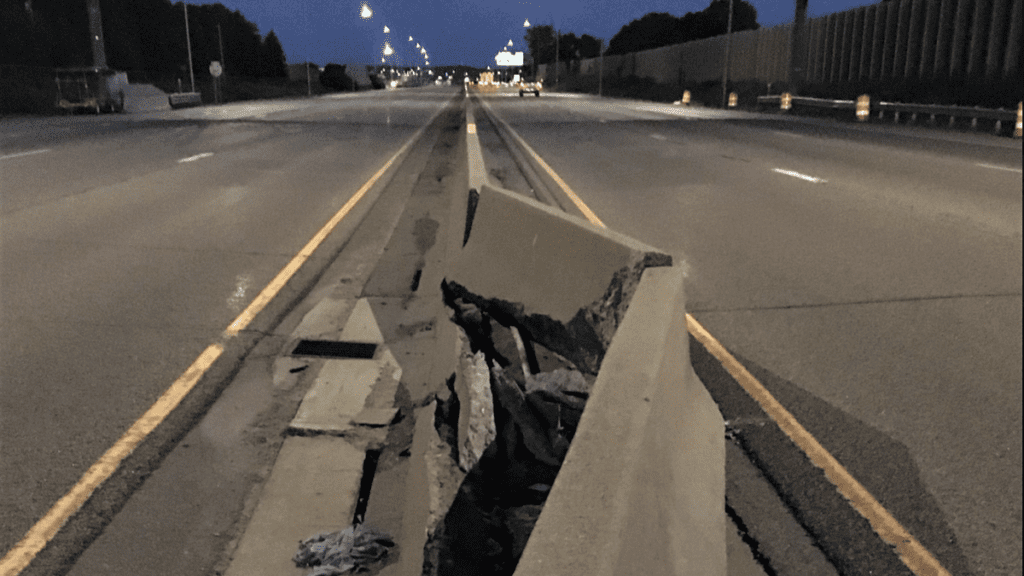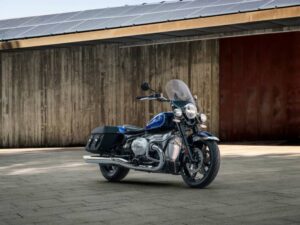Extreme Heat Causes I-94 Freeway To Buckle In Minnesota

The extreme heat experienced by much of the U.S. this summer is continuing to break down our very infrastructure. Two sections of the I-94 freeway buckled in Minnesota this week, where temperatures hit the triple digits this week.
A Next-Gen Bolt EV Is On The Way From Chevrolet
The buckling happened near Moorhead, Minnesota, close to the state’s border with South Dakota. The Minnesota Department of Transportation tweeted images of the two sites on I-94 where the pavement gave way under intense heat and pressure:
The phenomena occurs as a result of older, weaker roads expanding farther then they were designed to due to extreme temperatures, especially on sunny days when road temperatures can reach tens of degrees above ambient air temperature.
And the heat has been intense in Moorhead and across much of the country this year, according to AccuWeather:
In Moorhead, Minnesota, near where the MnDOT reported a pavement buckle, temperatures haven’t dipped below 80 degrees Fahrenheit since July 17. On Wednesday, Moorhead reached a high of 98 degrees, the hottest it has been since June 19, 2022, when the mercury spiked to 101 degrees.
Cooler air is predicted to return to Moorhead over the weekend with highs in the upper 70s to low 80s on Saturday and Sunday. Temperatures could rebound during the start of next week with the mercury once again flirting with the 90-degree mark.
Obviously it’s not just sun and temperature that tears apart infrastructure. States in permafrost regions can expect 70 percent of their roads to be torn apart by the ground softening beneath them. Excessive rain is a concern for much of the country, including Minnesota, MnDOT reported. Warmer weather has lead to few freeze thaw cycles, which are one of the main weather events that cause the scourge of the midwest — potholes.
This isn’t the first time we’ve seen roadways buckling under intense heat. The Pacific Northwest saw roads buckle and power lines melt in the extreme heatwave of 2021 and in several states in 2022 (sensing a pattern here?) And since we aren’t exactly moving quickly on fixing climate change we’re all going to have to get more use to things breaking in the extreme heat, be that power grids, human patience or infrastructure. A new report found that such deadly heatwaves in North America and Europe could not occur without human-driven climate change, ABC reports.







